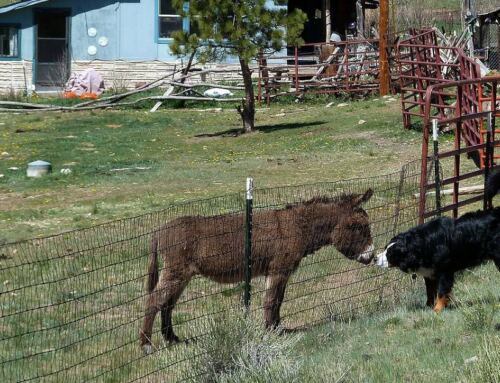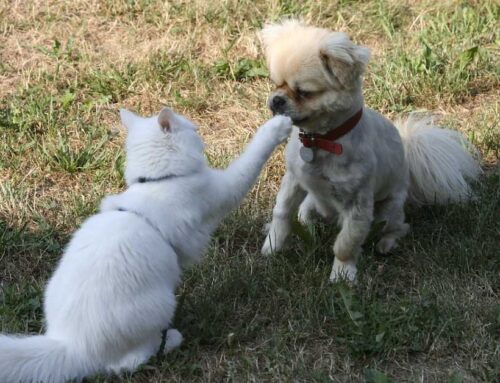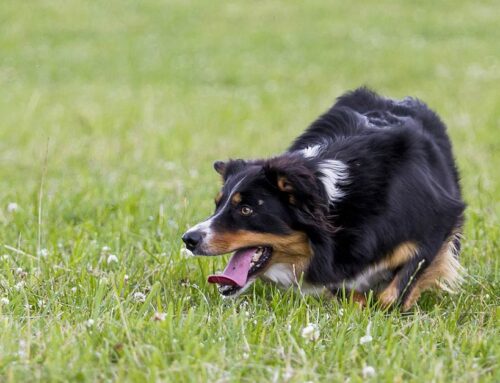First off, sorry. The title was designed to get your attention. We cannot forget about stress and anxiety but rather than focus on those conditions we assume a dog is experiencing, let’s get down to the business of behavior.
It has been important that people have been encouraged to learn about behaviors that dogs perform routinely that often go unnoticed, or unconsidered. People like Turid Rugaas, who brought them front and center with her book on Calming Signals can be thanked for that. Whether or not the translation of ‘calming signals’ from the original Norwegian was accurate or not, the term took hold in the dog training community. Assumptions were made about why dogs performed the behaviors labeled as such, the primary being that dogs did them to either calm themselves or calm other dogs.
If we are to go back to our roots in behavior (which is where I think we need to be or retreat to often) there is no ‘make someone else feel good’ function to behavior. The ‘calm myself’ purpose of the behavior could be categorized as escaping or avoiding something aversive.
There is a category of behaviors that we would identify as serving the function of self-stimulation. They may be positively or negatively reinforced. Some of these behaviors include; sniffing, scratching, self-grooming, licking, pacing, etc. These are frequently called ‘displacement behaviors’ in the dog world. The dog is supposedly performing them because they are stressed, anxious, unsure of what else to do. Our roots inform us that these behaviors provide reinforcement to the animal, in and of themselves.
When I look at the things trainers are introducing as new ways to train, e.g., getting consent, start button behaviors, targeting away from the training setting, what many do is provide more opportunity for reinforcement, both negative and positive, during the training session. They are supposed to also provide the animal with empowerment, choice, control, agency, etc. But on examination they provide reinforcement, in some form or another.
What if I suggested that you focus on ways to provide more reinforcement, more positive reinforcement, to your training, and put stress, anxiety, calming, displacement, on the back burner in your brain? Think about all the things you’d need to start paying attention to that the dog is experiencing in the environment. Consider how much more efficient you could be if you paid attention to adding positive reinforcement for the behaviors you actually want, instead of ones that move the animal away from the task at hand, or reinforce behaviors that are not necessary in order to perform the training task. Just consider it. All you have to lose is wasted time.






